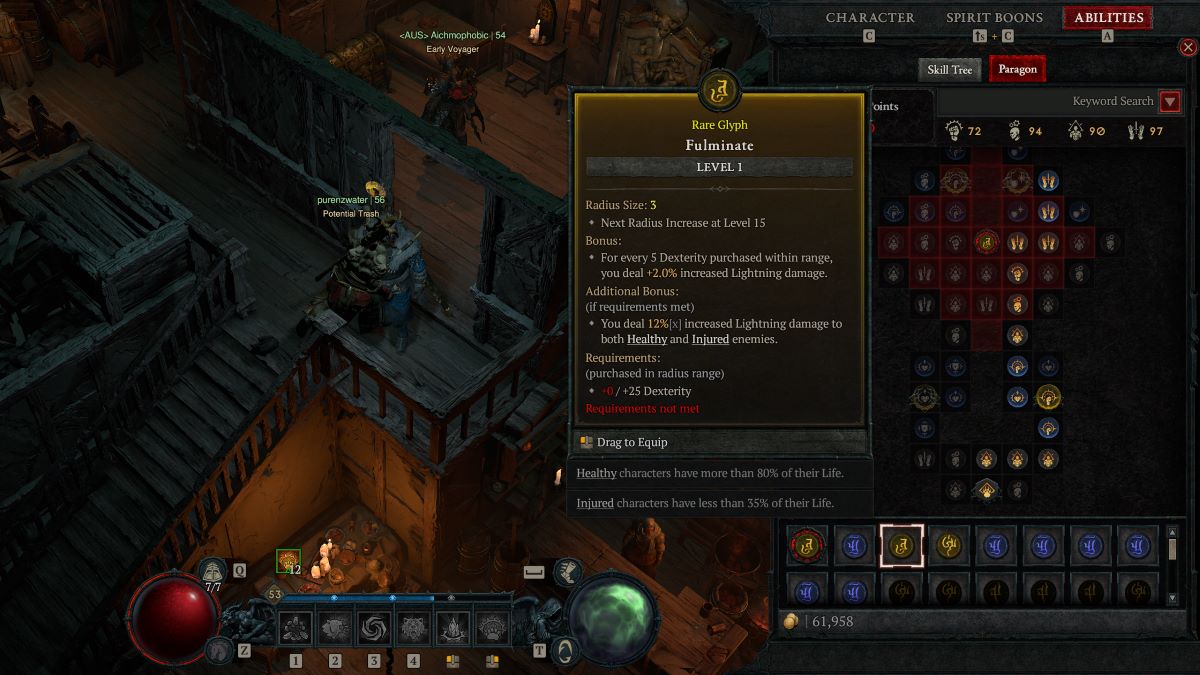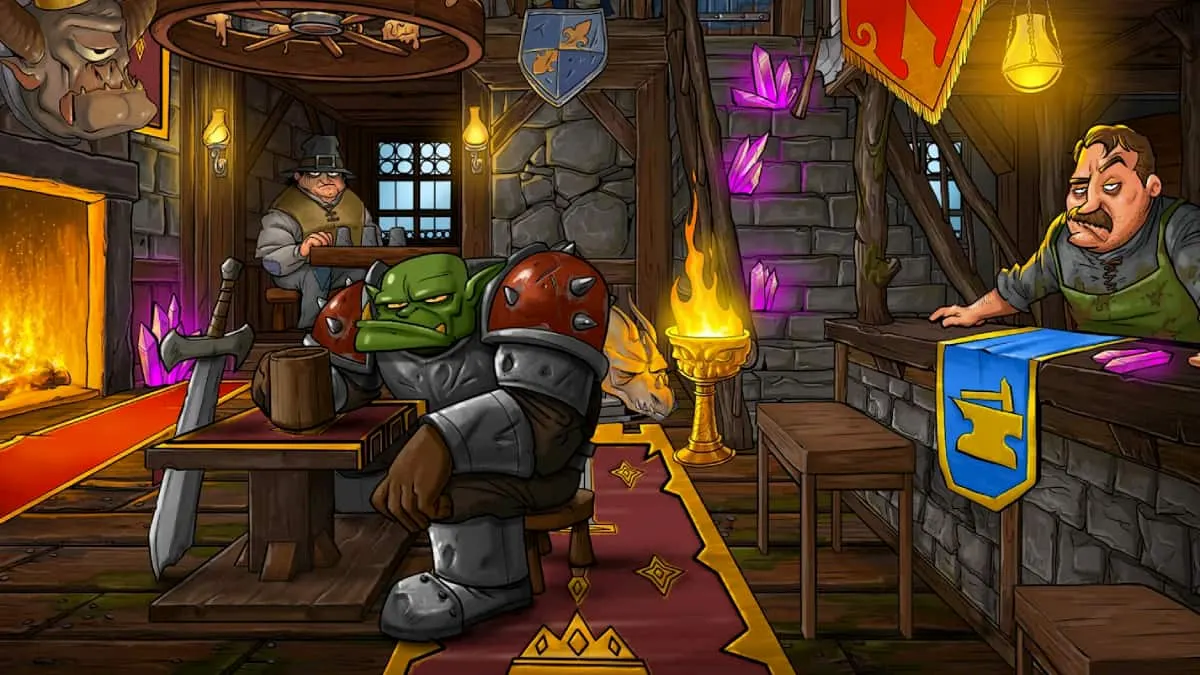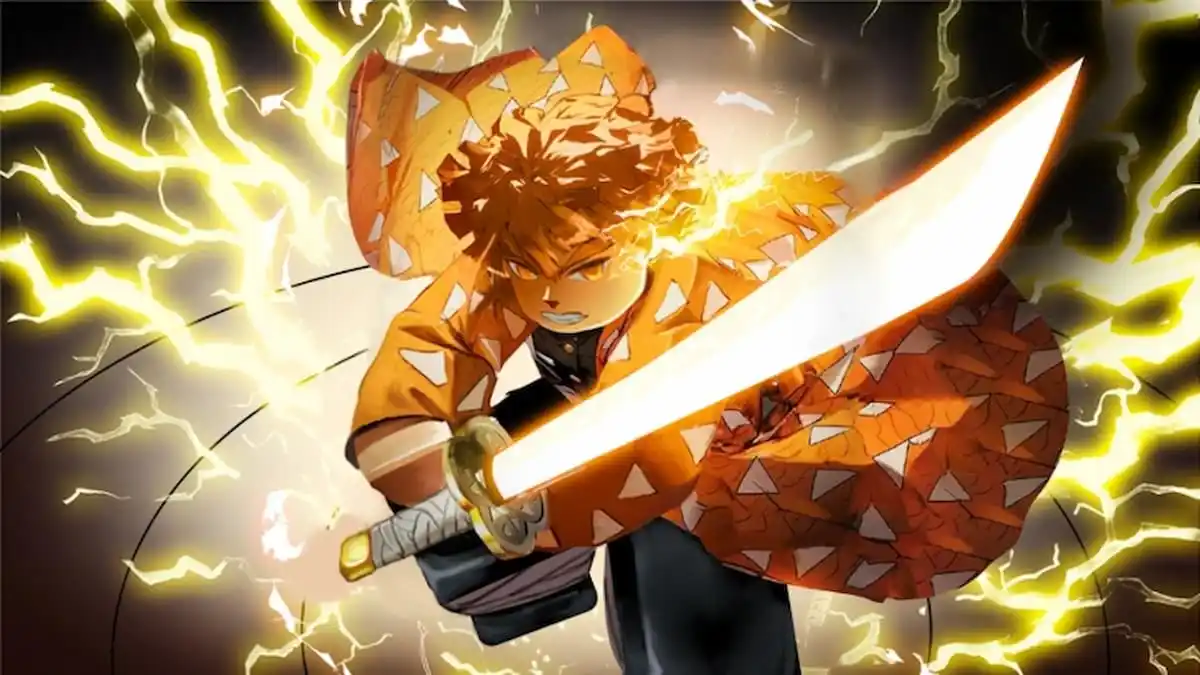Once you reach level 50 in Diablo 4 and beat the Capstone Dungeon to enter World Tier 3 (Nightmare), the real game begins. This is where you start the endgame content. Lots of new content and things to do open up, and you can obtain Unique and Sacred items to finally get a strong build going. You also start the Paragon system, which provides a pretty big power spike as you level up. Glyphs are part of the Paragon system in Diablo 4 and can be a pretty powerful asset, so if you’re wondering how they work, read on.
What Do Glyphs Do in Diablo 4’s Paragon System?
While playing through Diablo 4’s endgame content on Nightmare or higher difficulty, you will find Glyphs in loot drops. They can drop at different rarity tiers, like other items, so keep a close eye out for the rare ones as they can grant incredible stat bonuses.
To use them, you first have to level up your Paragon Level high enough that you can have enough skill points to unlock the Glyph node in the Paragon Tree. Once you unlock the Glyph node, you can place a Glyph from your collection into the node.
There will be a requirement that the Glyph will have before it can be fully active. For example, one may require 25+ Dexterity to be allocated within the Paragon tree in close proximity to the Glyph node to unlock all the stats the Glyph has to offer.
You can make this easier and improve the Glyph at the same time by completing Nightmare Dungeons. On completing a Nightmare Dungeon, you’ll be able to choose a Glyph to allocate experience to and, after enough Nightmare Dungeon completions, you’ll be able to level it up. This increases the radius the Glyph can influence and enables it to allocate more nodes around it to unlock the bonus stats on the Glyph.
The best way to both farm for and upgrade Glyphs is to keep running Nightmare Dungeons on World Tier 3 or higher. Not only do they offer a ton of loot, but upgrading Glyphs is very valuable as rare ones often have incredibly powerful stats. I’ve also had quite good luck getting them to drop while engaging in World Boss or Gathering Legions events in Nightmare difficulty. These events are also an excellent source of experience, resources, and loot, so it’s never a bad idea to stop and join one if you see them pop up.
That covers how Glyphs work in Diablo 4. Hopefully you get some good drops on Nightmare mode and can slot in a good Glyph for a nice power bump! No matter where you’re at in your journey, though, you’re sure to find something useful in our full set of guides to the game, so make sure to check them out.
Related: How to Unlock Exorcists Cache in Diablo 4 on Gamer Journalist







Published: Jun 7, 2023 06:46 am